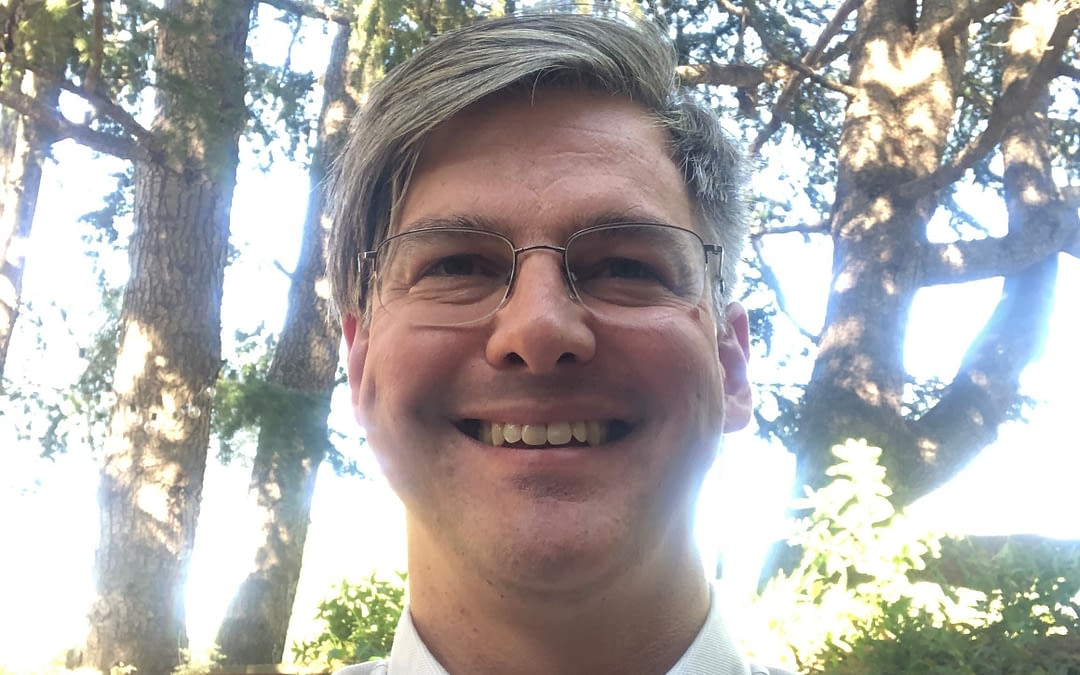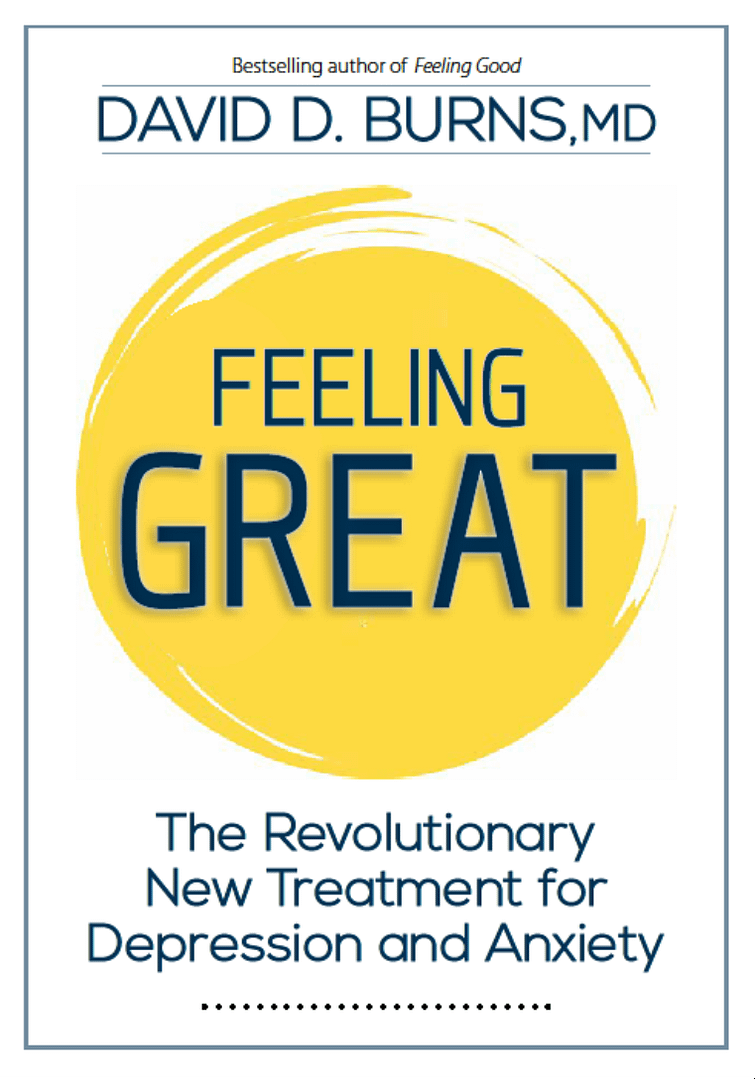Podcast 245
Ask Rhonda, Matt, and David!
Tips for Joy and more!
In today’s Ask David, we are honored to feature Matthew May, MD, a former student of David’s during his psychiatric residency training, and now esteemed colleague.
Rhonda and David are thrilled that Matt can join us, not only because he is a dear and loved colleague, but also because he is one of the greatest therapists on planet earth! Plus, he’s an incredibly gentle and compassionate man.
- Rhonda Asks: What is the most effective way to help a suicidal patient?
- Rhonda Asks: How would you teach, the technique, Thinking in Shades of Grey to therapists or patients?
- Brian Asks: Any tips for joy?
- ThisLife asks: “Could you possibly explain why Albert Elis thinks the three valid uses of shoulds are valid, and provide the source where he explain this point, if convenient?”
- Mark Asks: Why is trying to change a person or help fix a person’s emotional problems insulting? And how can I stop this habit?
Along the same lines, EJG asks, “What’s the best way to help people who don’t want any help?”
Rhonda and David
If you would like to contact Dr. May, you can reach him at his website.
Dr. Rhonda Barovsky practices in Walnut Creek, California, but due to Covid-19 restrictions is working via Zoom, and can be reached at rhonda@feelinggreattherapycenter.com. She is a Level 4 Certified TEAM-CBT therapist and trainer and specializes in the treatment of trauma, anxiety, depression, and relationship problems. Check out her new website: www.feelinggreattherapycenter.com.
You can reach Dr. Burns at david@feelinggood.com.
This is the cover of my new book, Feeling Great. The kindle and audio versions are available now too!



